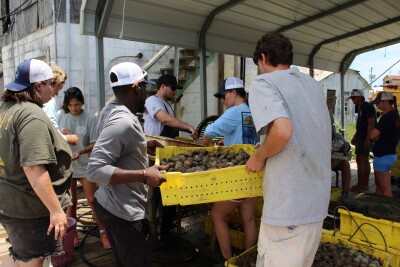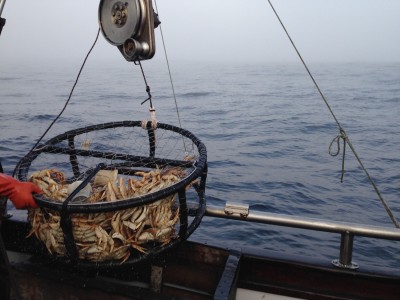PANAMA CITY BEACH — When officials announced their decision to make the federal recreational red snapper fishing season just 10 days in June 2014, it angered a lot of people, even becoming a campaign position for politicians seeking office.
“Oh, we heard about it,” Doug DeVries said. “We were out on the boats with people.”
That decision was made in part with data collected by the National Oceanic and Atmospheric Adminstration (NOAA) Southeast Fisheries Science Center lab near Bay Point. Fisheries biologists DeVries and Chris Gardner recorded red snapper, grouper and other fish species in the Gulf, working up and down the west Florida shelf and dragging their cameras along the reef bottom, 30 minutes at a time.
DeVries and Gardner conduct independent marine population studies, for which one purpose is to take a survey on fishing boats and analyze their catches. Those numbers can be skewed because fishermen know the hot spots. Those spots for red snapper showed a healthy amount of adult fish mainly due to strong classes from 2006, 2003 and 1999, but DeVries’ and Gardner’s test was conducted in areas with juvenile fish in shallower water, which showed depleted numbers. Thus, the data showed red snapper could be in trouble.
Read the full story at News Herald>>
Want to read more about red snapper? Click here…






